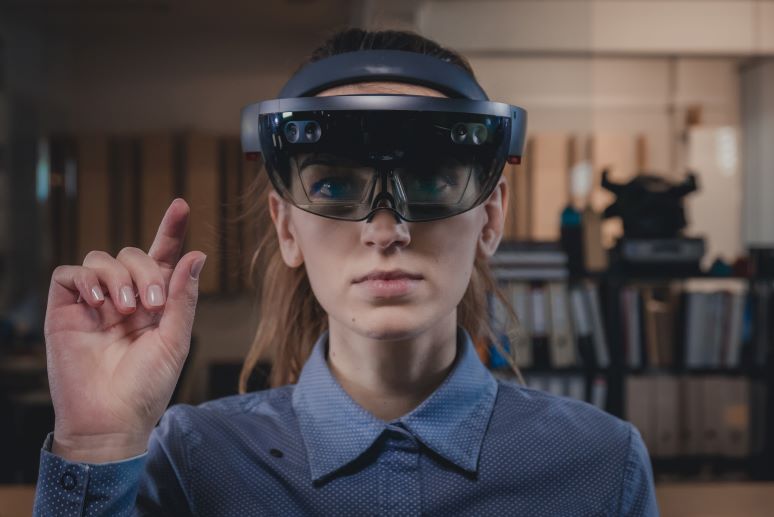For those in our industry always in search of the Next Big Thing, videoconferencing for remote workers must seem like old hat. After all, people have been doing videoconferencing since that picturephone debuted at, what was it, the World Columbian Exposition in 1892 or whenever? The real question is, when are we going to get enterprise virtual reality (VR), or at least augmented reality (AR)?
A few enterprises are apparently getting serious about at least testing VR, while AR seems to be garnering some real-world wins, particularly for customer experience applications.
At first blush, the use case
Reuters describes in a recent article sounds almost cliché — bored traders adopting VR as a cure for office withdrawal symptoms. But Fidelity apparently has seen enough promise in the technology to begin planning pilots for client-facing interactions. The article cites consulting firms and market research houses predicting growth for enterprise VR technology as companies gain more exposure to the technology and find ROI cases around travel avoidance.
The obvious question is whether these cases continue to play out post-pandemic, when it’s not just extroverted traders who want to be around other people. The holiday season is only reminding all of us how much we need to be with others, perform our rituals, and generally get out of the house. So will enterprise IT really find VR a compelling investment once real reality returns?
Of course, real reality may never return, at least as we knew it pre-pandemic. Bill Gates recently
predicted that 50% of business travel will never return, nor will 30% of days in the office. If that’s the case, what will replace those interactions? Video is good enough and VR is expensive, so it’s hard to imagine large-scale transition to VR. Today’s conversations around enterprise VR remind me a lot of the discussions we had about video five to 10 years ago: cool technology, may save some travel, but still expensive and not really a substitute for being there.
On the other hand, AR clearly has a role to play in the enterprise, and is filling that role as we speak. In a recent
No Jitter post, Omdia market analyst Mila D’Antonio offers up some case studies, mostly around customer contact via mobile apps. She adds that AR is likely to find growing deployment beyond these initial successes: “From providing real-time information for employees, to enabling field service to provide remote support and helping marketers to provide contextual offers and experiences, the AR-enabled enterprise is a not-so-distant reality.”
And if augmented reality is in store for the customer, we might call advances targeted at internal collaboration a kind of augmented video. The Reuters coverage quotes a Zoom representative as predicting more VR and AR in the future, which is a smart position for the current darling of the video world to take, not resting on its laurels. Interestingly, Zoom foresees video with “new enhancements to alter a person’s appearance to make it more work-appropriate, hiding gym clothes, for instance, and translating real-life details into the virtual space, such as the ability to shake hands.”
Conceptually, this almost blends into the various features like virtual backgrounds and auditoriums that we’ve seen the video players roll out to enhance the pandemic-driven meeting experience. Over time, these early-generation enhancements may come to appear almost crude as the technology continues to improve.
We may see the line between “plain” video and AR start to blur. On the other hand, true VR might be a bigger challenge, as
these two homebuyers could attest.










